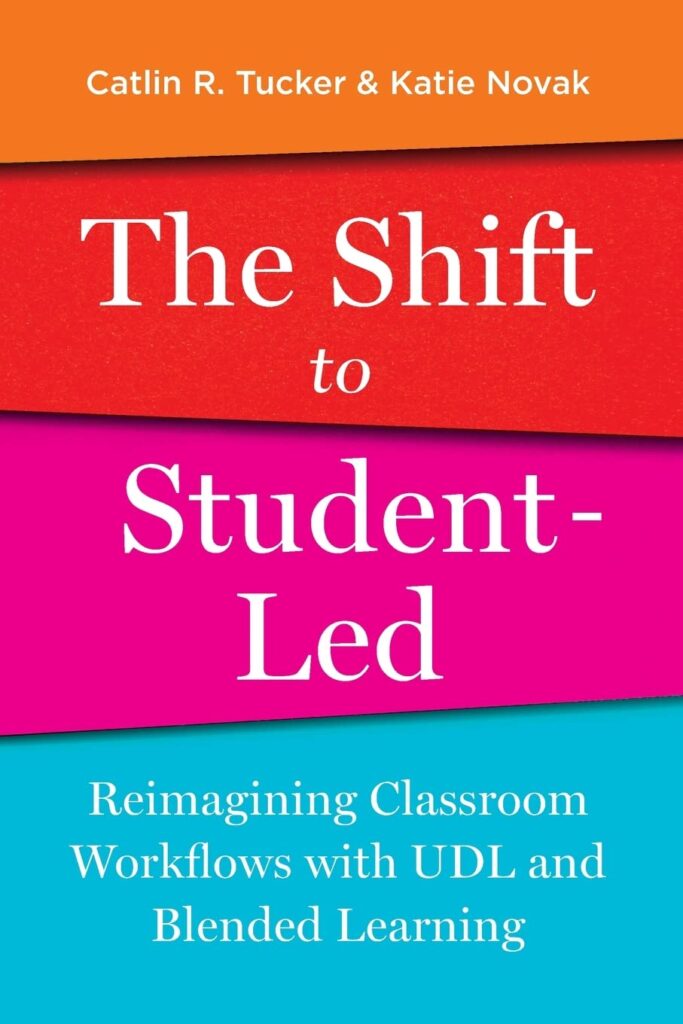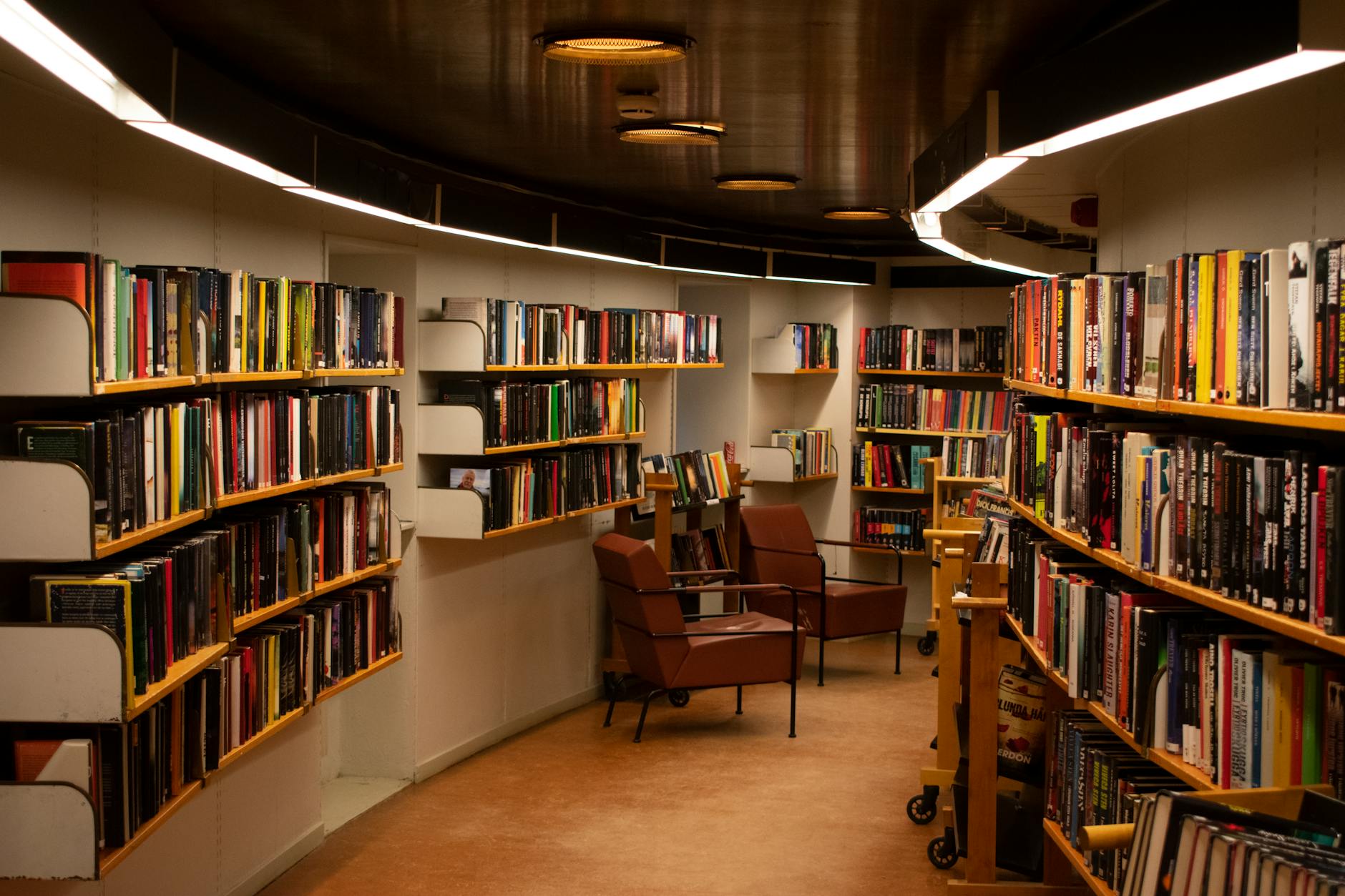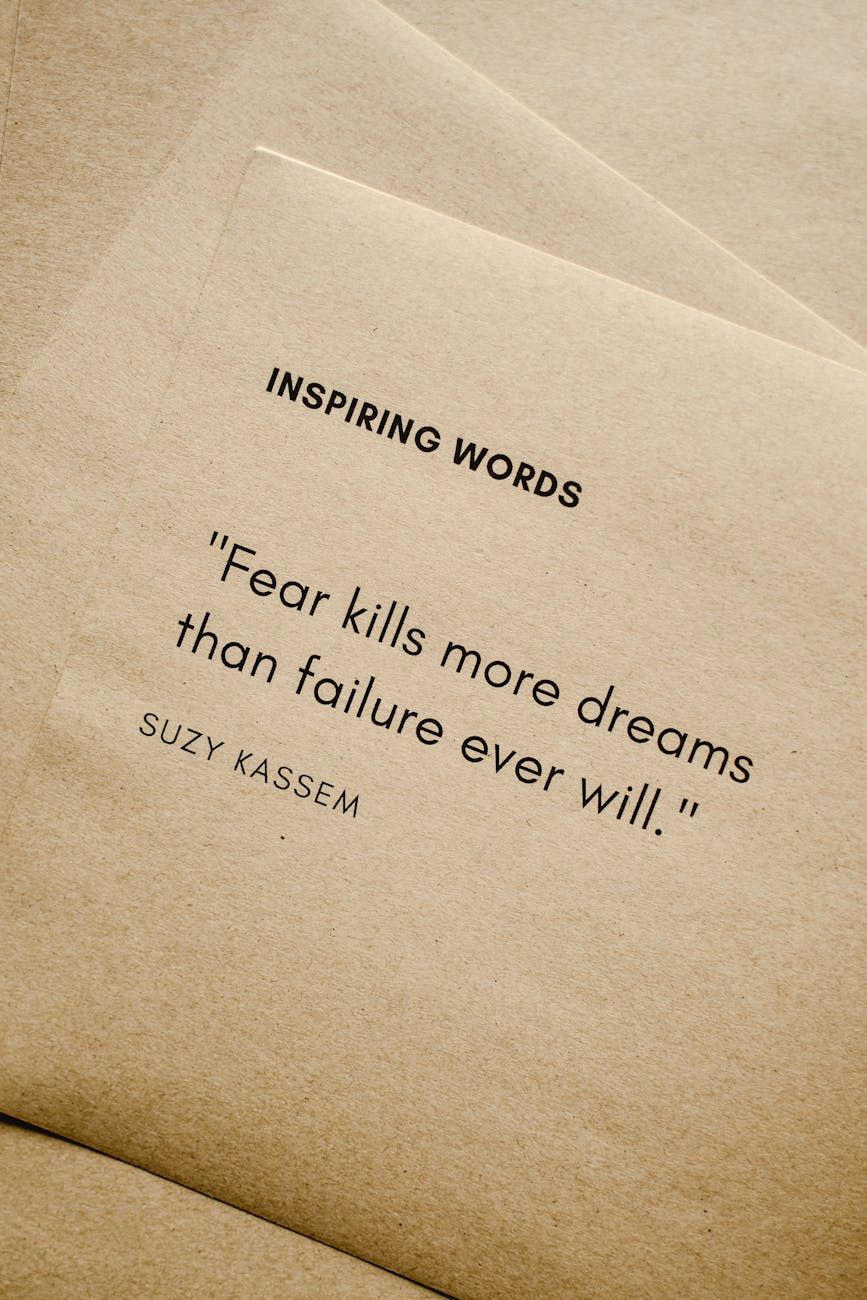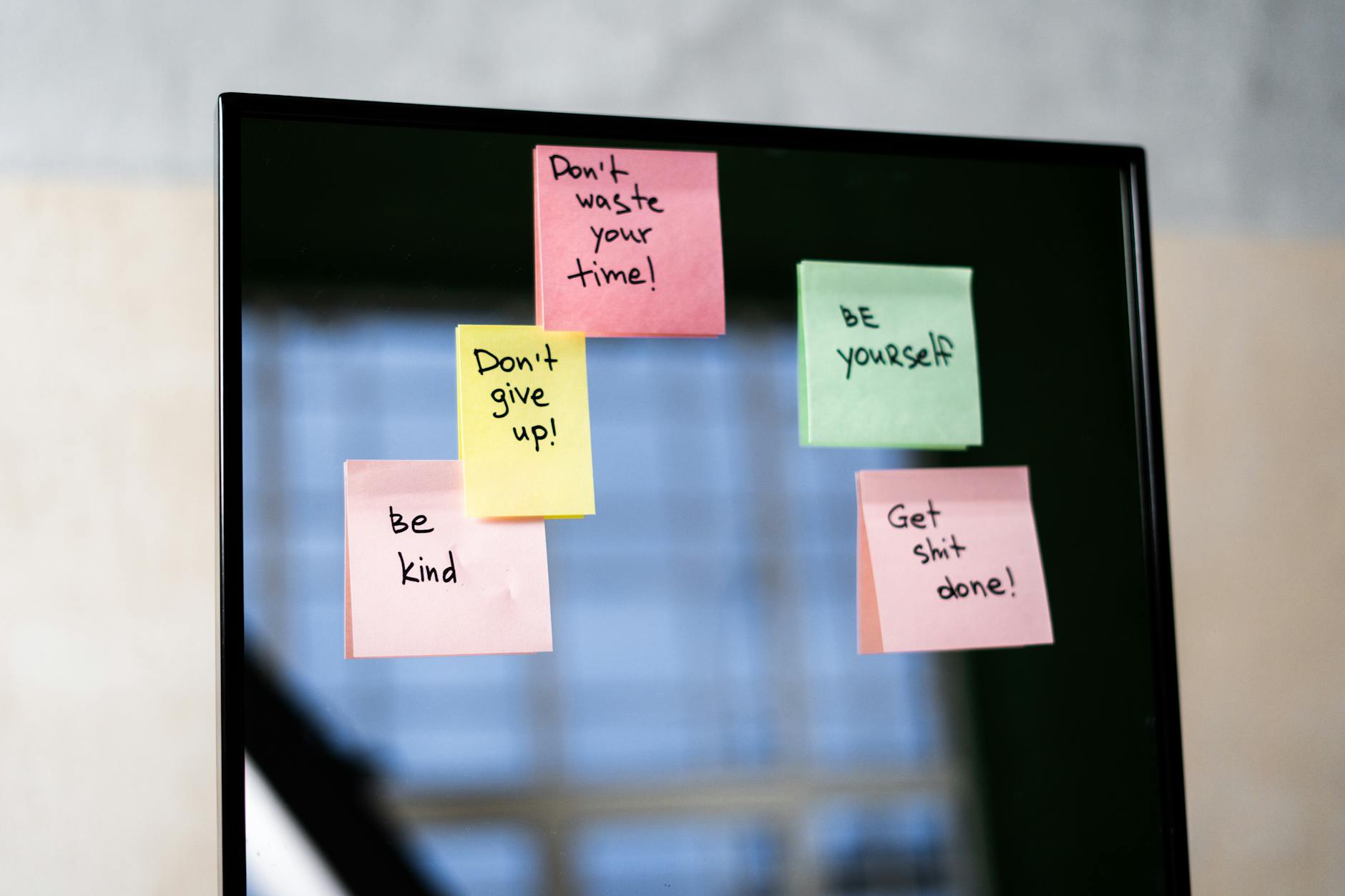
The Lie We’ve All Been Sold
If you’re a teacher, you know the truth: 40 hours is a fantasy.
Between planning, grading, answering emails, parent meetings, PD sessions, hallway duty, IEPs, MTSS meetings, and trying to breathe for a moment, teaching is a job that routinely demands 50 to 60 hours per week, and sometimes even more. It’s not that we’re bad at time management. It’s that we’re swimming against a system that wasn’t designed for sustainability.
But here’s the good news: while you may not be able to control the system, you can change how you manage your time within it.
In this post, we’re going to:
- Debunk the 40-hour teacher week
- Explore how to design your time like a limited resource
- Share 7 time-saving tools that can actually help you win back your evenings and weekends
- Provide practical, teacher-tested time hacks you can implement right away
Let’s dig in.
Why the 40-Hour Week Doesn’t Exist in Education
The idea of a 40-hour workweek originated from industrial labor models—you clock in, you do your job, and you clock out. But teaching isn’t just a job. It’s a calling, a performance, a planning-intensive, people-heavy, paperwork-dense act of organized chaos.
Here’s how time actually gets spent:
- Instruction: 30+ hours/week
- Lesson planning & prep: 5–10 hours/week
- Grading and feedback: 5–8 hours/week
- Emails and communication: 3+ hours/week
- Meetings (PLC, IEP, PD, admin): 2–5 hours/week
And that’s before you factor in classroom setup, tech troubleshooting, data analysis, sub plans, hallway coverage, behavior documentation, and the emotional labor of being “on” all day.
Teaching is a job that will expand to consume every available minute if you let it.
That’s why reclaiming your time starts with a mindset shift.
Time Budgeting vs. Task Management
Traditional time management says, “Make a list and get it all done.”
But that assumes time is infinite and predictable. It’s not.
Instead, use a time budgeting mindset: you start with a finite amount of time and allocate it intentionally.
Try this:
- Budget 30 minutes to plan tomorrow’s lesson. When the timer goes off, stop. Done is better than perfect.
- Give yourself 45 minutes to grade a set of quizzes. Use a single-point rubric or comment bank to speed it up.
- Block off 1 hour for parent communication. Use templated responses, voice memos, or batch them in your planning period.
You wouldn’t overspend your money without consequence. Don’t overspend your time.
The 80% Rule: Done Is Better Than Perfect
Aim for 80%.
We waste enormous energy trying to make things perfect—the perfect slide deck, the perfect anchor chart, the perfect assignment. And while excellence matters, so does survivability.
Let go of perfection and embrace “effective enough.”
No products found.
7 Time-Saving Tools Every Teacher Should Use
Each of these is designed to save time without sacrificing quality—and yes, they’re all tools I either use or would recommend.
1. Planbook.com – Digital Lesson Planning Made Simple
Say goodbye to clunky binders and endless Google Docs. Planbook allows you to plan, align to standards, and adjust with drag-and-drop ease.
Affiliate Tip: Mention the ability to copy lessons year-to-year, saving hours in future terms.
2. Google Keep – Fast Notes, Checklists, and To-Dos
Think of it as your sticky note board, digitized. Keep is great for batching feedback notes, tracking student conferences, and setting reminders.
Pro Tip: Use labels like “Grading,” “Parent Calls,” or “Copy Room” to stay organized.
3. ClickUp or Notion – Project Management for Educators
Use these to manage units, track standards, or even collaborate across your PLC.
Want to build a weekly to-do board? Create a reusable template.
4. Grammarly Premium – Write Faster, Grade Smarter
Speed up parent emails, student feedback, and even lesson materials. Let Grammarly handle grammar, tone, and conciseness so you can focus on content.
5. Mote – Voice Comments in Google Classroom
Record personalized audio feedback directly into student work. Students engage more, and you save time typing.
It’s also fantastic for English learners and students with IEP accommodations.
6. Text Blaze – Auto-Responses and Comment Banks
If you find yourself typing the exact phrases over and over, Text Blaze lets you create keyboard shortcuts that expand into full sentences, feedback, or email replies.
Think: /grade1 = “Great start! Please expand on your second point.”
7. Rocketbook – Reusable Smart Notebook
Want to plan on paper but keep it digital? Write in this notebook, scan it with your phone, and send it directly to Google Drive, Notion, or email.
Great for capturing notes from PD or coaching conversations, then tossing them into your digital workflow.
5 Time-Saving Habits to Build This Month
Tools help. But systems sustain. Here are habits to pair with your tools:
1. Theme Your Days
- Monday: Lesson planning
- Tuesday: Grading
- Wednesday: Family communication
- Thursday: Data and meetings
- Friday: Catch up + self-care
2. Use Comment Banks and Rubrics
Create a Google Doc with your most-used feedback phrases. Pair with single-point rubrics in Google Classroom.
3. Batch Like a Boss
Group similar tasks (e.g., grade all assignments from 2nd period, then all from 3rd) to reduce cognitive switching.
4. Automate What You Can
Schedule recurring parent newsletters. Use auto-responders during peak grading periods. Build email templates.
5. Reflect Weekly
Take 15 minutes each Friday to reflect:
- What worked?
- What drained me?
- What can I tweak for next week?
Final Thoughts: Time Is a Teacher’s Most Precious Resource
You are not a robot. You are not lazy. You are not doing it wrong.
You are working inside a system that asks too much and gives too little.
But with the right tools and some intentional design, you can reclaim your time.
You deserve to leave school without guilt. You deserve a weekend. You deserve a full life.
And it starts by treating your time as sacred.







